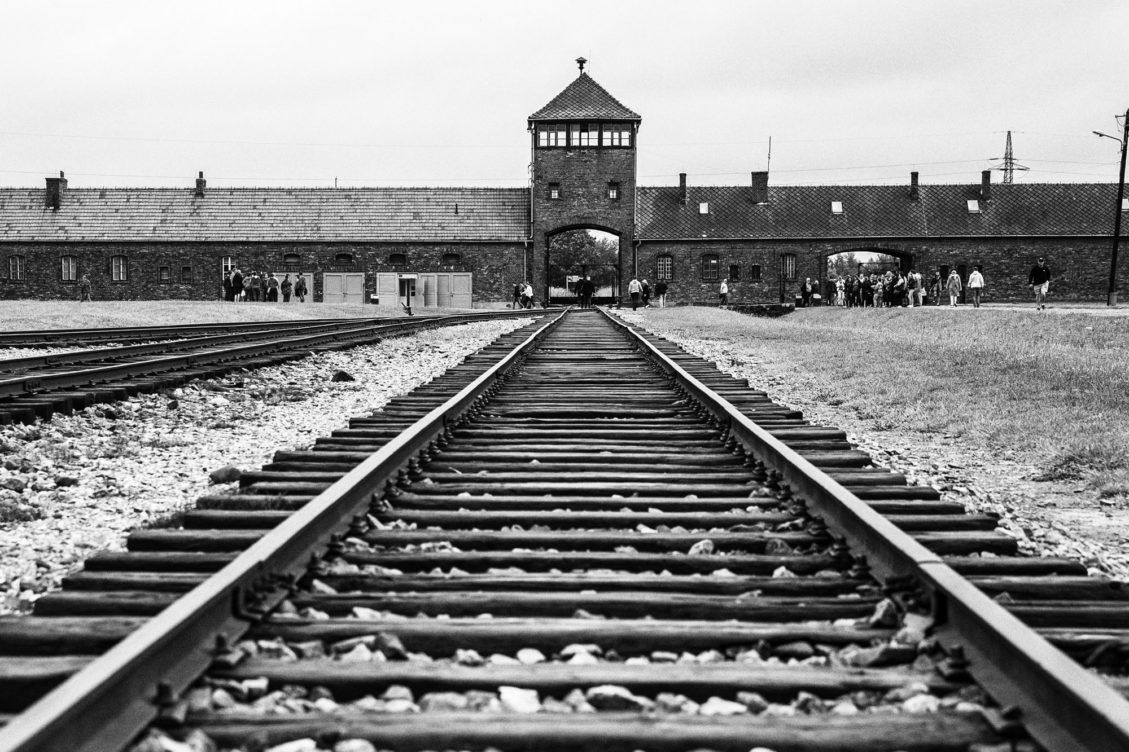I want to create a couple of edits for my work that are different to the rest. They will allow me to experiment with new editing techniques and learn new skills on Photoshop. My first idea is to create a pencil sketch edit of a photograph. This will look like someone has actually sketched the photo rather than it looking like a photograph. The best theme to do this with is fashion. This is because these shots are, effectively, portrait shots. Of course, a lot of the time, portraits are sketched with a pencil. If I want my edit to look as realistic as possible, then a portrait shot is the best way for me to achieve this.
To actually edit the photo, I will need to follow a tutorial online. This is so that I can see, step-by-step, how to complete the edit and get the final pencil sketch photo. While going through the tutorial, I will pick up and learn new techniques that I will be able to use in future edits.

Another edit I want to do is a retro edit. For this, I will again need to find a tutorial to follow online so that I can learn new techniques myself. I wanted to do a retro edit because of the history involved in the Royal Albert Docks. This site was created in the 19th century and has been used, in some form or another, since. Such a historic site is the reason that I decided this would be the best photo to use for my retro photo edit. This edit will make the photograph look as though it was taken using an old camera by using a sepia filter (applied in post-production). This edit will allow me to learn new techniques about how to apply filters and also how to make something more realistic. The edit won’t just apply a retro filter, but also edit the photo to add age to it.
References
Albertdock.com. (2019). History – Royal Albert Dock Liverpool. [online] Available at: https://albertdock.com/history [Accessed 30 Apr. 2019].
Spoon Graphics. (2019). How To Create a Realistic Pencil Sketch Effect in Photoshop. [online] Available at: https://blog.spoongraphics.co.uk/tutorials/how-to-create-a-realistic-pencil-sketch-effect-in-photoshop [Accessed 30 Apr. 2019].


















